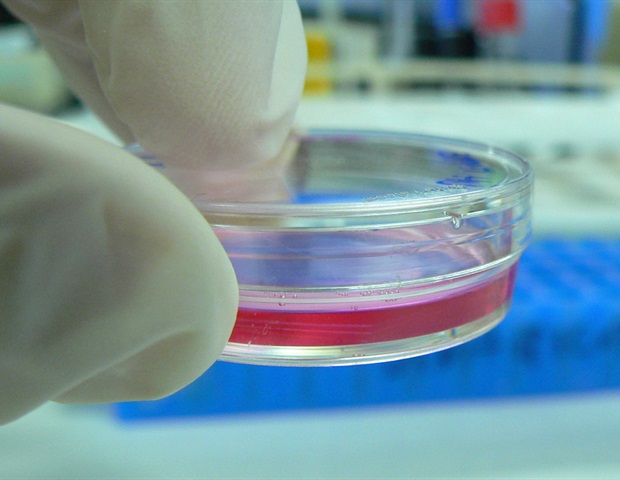Researchers at the Wake Forest Institute for Regenerative Medicine (WFIRM) in North Carolina have 3D bioprinted a microscopic model of the human body containing most of the vital organs. The miniature system will be used to detect potentially harmful effects of drugs before they are trialed with humans.
The team expects the sophisticated lab model to have a significant impact on bringing new experimental drugs to the market sooner, mitigating some of the costs associated with clinical trials, and reducing animal testing.
Details of the creation of the model and how the human organ tissue system works can be found in a paper published in the journal Biofabrication.
Lab model of the human body
The miniature system is built from a range of human cell types that are combined into human tissues. The fabricated tissues represent many of the organs found in the human body, including the heart, liver, and lungs. Each of these model organs contains tiny 3D structures approximately one-millionth the size of an adult organ.
“The most important capability of the human organ tissue system is the ability to determine whether or not a drug is toxic to humans very early in development, and its potential use in personalized medicine,” said Anthony Atala, MD, of the Wake Forest Institute for Regenerative Medicine and the study’s senior author. “Weeding out problematic drugs early in the development or therapy process can literally save billions of dollars and potentially save lives.”
The miniature body model has already been successful in detecting the toxicity levels of many drugs that were previously cleared for human use. Once it was discovered that these drugs could actually be harmful to humans, they were promptly pulled from the market. Standard 2D cell culture systems could not detect these potentially adverse effects, and many of the drugs went through three phases of human trials, but WFIRM’s lab model was successful in doing so.

How was the lab model created?
Tiny samples of human tissue cells from the various organs were isolated and cultured into miniature versions of the organs. These tissue cells include blood vessel cells, immune system cells, fibroblasts, and cells in the connective tissue. By taking a variety of cells from each organ, it was ensured that the miniature versions performed the same functions as the originals. The miniature heart beats approximately 60 times per minute, the miniature lungs breathe in air from the surroundings, and the liver breaks down toxic compounds and excretes waste products.
“We knew very early on that we needed to include all of the major cell types that were present in the original organ,” said co-author Aleks Skardal, PhD, formerly of WFIRM and now at Ohio State University. “In order to model the body’s different responses to toxic compounds, we needed to include all of the cell types that produce these responses.”
The WFIRM lab model also contains a blood circulatory system to circulate the test compounds around the various organs. The blood system is also microscopic, employing a technology known as microfluidics. The system also serves to remove the drug breakdown products that each organ is producing.
WFIRM’s work on regenerative medicine
The researchers at the institute have been trying to develop large-scale human organs for transplantation for almost three decades. So far, more than 15 tissue and organ products/technologies developed by the institute have been tested on humans in clinical trials. These include muscle, bladder and vaginal organs.
“Creating microscopic human organs for drug testing was a logical extension of the work we have accomplished in building human-scale organs,” said co-author Thomas Shupe, PhD, of WFIRM. “Many of the same technologies we have developed at the human-scale level, like including a very natural environment for the cells to live in, also produced excellent results when brought down to the microscopic level.”
The team hopes that further development of the lab model will yield results extremely close to the biological responses found in human beings.

A number of bioprinting companies have already attempted to 3D print organ models for safe drug testing in the past. Nano3D Biosciences has previously revealed a technique to reduce animal testing by using its 3D printed cell cultures and magnetic bioprinting as a test for a drug’s effect on vasoactivity.
Elsewhere, San Diego headquartered Organovo successfully 3D printed the microscopic veins that make up a kidney. The work showed significant promise for using 3D printed tissue in drug testing and the study of kidney diseases.
The nominations for the 2020 3D Printing Industry Awards are now open. Who do you think should make the shortlists for this year’s show? Have your say now.
Subscribe to the 3D Printing Industry newsletter for the latest news in additive manufacturing. You can also stay connected by following us on Twitter and liking us on Facebook.
Looking for a career in additive manufacturing? Visit 3D Printing Jobs for a selection of roles in the industry.
Featured image shows WFIRM Medical Education Building, Innovation Quarter. Photo via WFIRM.



